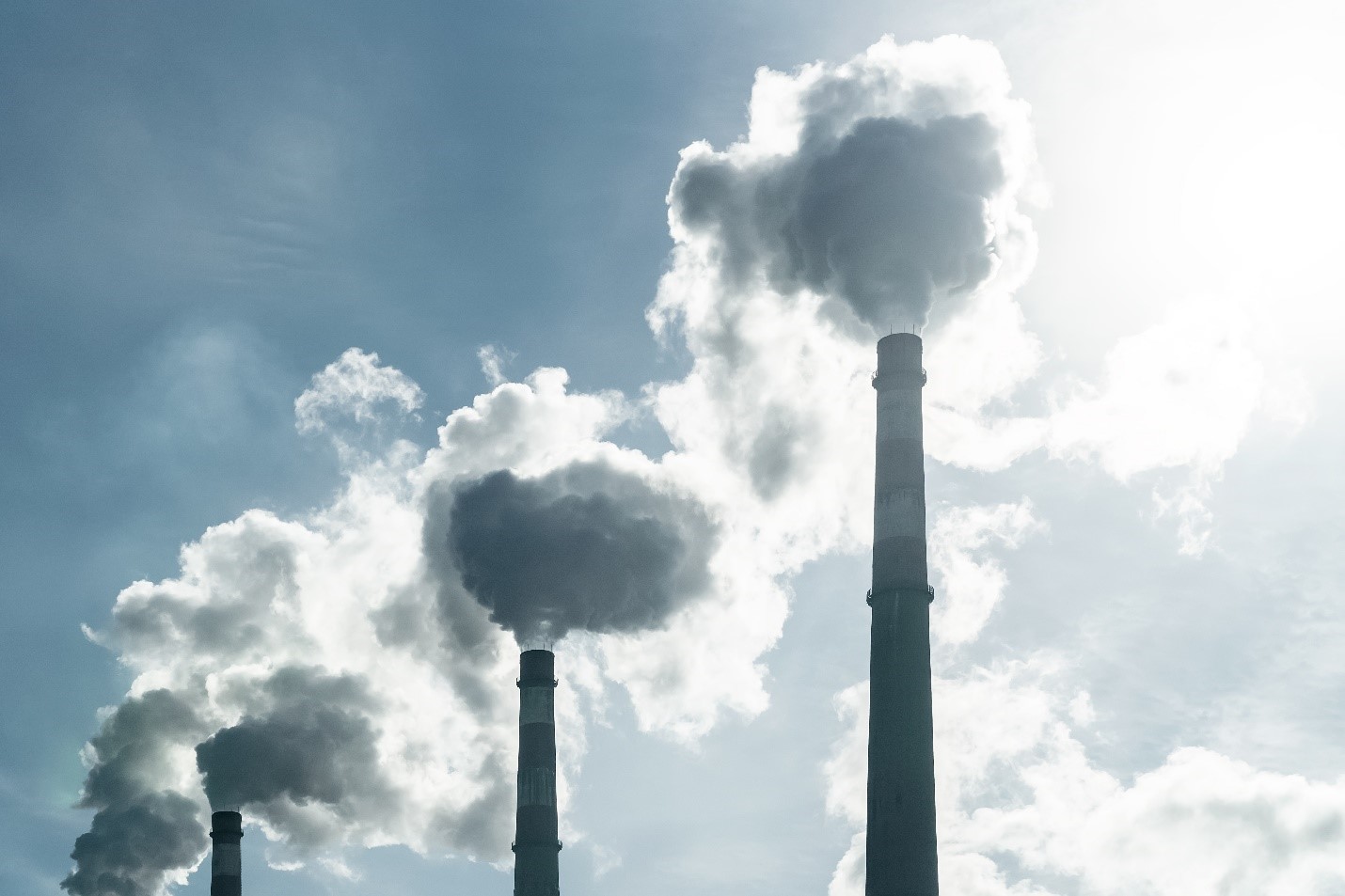Blog

NYSDEC Issues Guidance for Compliance with Climate Law
NYSDEC Issues Guidance for Compliance with Climate Law
On December 14, 2022, the New York State Department of Environmental Conservation’s (NYSDEC) Division of Air Resources (DAR) issued a guidance document DAR-21 titled “The Climate Leadership and Community Protection Act and Air Permit Applications.” DAR-21 provides guidance on compliance with Section 7(2) of Climate Leadership and Community Protection Act (CLCPA) for air permits.
The CLCPA
The CLCPA went into effect January 1, 2020 (Chapter 106 of the Laws of 2019). The CLCPA requires the reduction of greenhouse gas (GHG) emissions in New York State by 40% below 1990 levels by 2030, and 85% by 2050. Environmental Conservation Law (ECL) §75-0107.
Section 7(2) of the CLCPA requires all New York State agencies to consider “whether such decisions are inconsistent with, or will interfere with, the attainment of the statewide greenhouse gas (GHG) emission limits established in Article 75 of the environmental conservation law” when issuing permits. If deemed inconsistent, the State agency must provide a detailed justification and identify alternatives or required GHG mitigation measures.
Statewide GHG emissions include upstream out-of-state GHG emissions associated with the generation of electricity imported into the State, the extraction, transmission, and use of fossil fuels imported into the State, and any downstream emissions attributable to the project. ECL § 75-0101(13).
Required Analysis
DAR-21 notes that the CLCPA review is independent of other reviews required for permitting. The guidance requires that the CLCPA analysis include potential GHG emissions from every portion of a project. The analysis must include, at a minimum:
- Calculations describing the project’s direct GHG emissions on PTE and actual emissions bases (i.e. tons/year).
- Calculations describing the project’s PTE GHG and projected actual emissions in units of CO2e.
- Calculations describing any upstream GHG emissions attributable to the project resulting from the extraction, transmission, and use of fossil fuels or electricity imported into the State.
- Calculations describing any reasonably foreseeable downstream and indirect emissions attributable to the project that occur within New York State.
- Projected future GHG and CO2e emissions for the years 2030, 2040 (for facilities in the electric generation sector), and 2050, including any proposed future emissions reduction strategies.
- If the project will result in an actual or potential increase in GHG emissions, a discussion of the technical and economic feasibility of any alternatives or GHG mitigation measures to address the increase.
- For facilities in the electric generation sector, the analysis should discuss how the facility intends to comply with the requirement that the electric generation sector be zero emissions by 2040.
Additional information on how these calculations and analyses are to be made is detailed in the guidance document which can be found at https://www.dec.ny.gov/regulations/2404.html.
DAR Review of the CLCPA Analysis
After receiving the CLCPA analysis required by the guidance, DAR will evaluate the information and determine whether the project is inconsistent with or will interfere with the State’s ability to meet its GHG emission limits. The guidance describes potential causes of interference and inconsistency including:
- The project does not conform with the Scoping Plan or regulations designed to achieve compliance with the Statewide emission limits established in ECL Article
75 and reflected in Part 496;
- The project creates or enables a significant new source of GHG emissions;
- The project will be directly responsible for a significant increase in demand for a known source of GHG emissions;
- The project prevents or makes it more difficult or expensive for the State to reduce GHG emissions.
If NYSDEC determines the project is inconsistent with or will interfere with the State’s ability to meet GHG limits, it has to determine whether there is sufficient justification for the project. This determination is fact specific. A statement of justification must be created before a final decision is made on the application. Examples of potentially acceptable justifications are included in the guidance.
If NYSDEC determines that there is sufficient justification for the project, an explanation of potential alternatives or mitigation measures must be prepared by the applicant discussing any technical or economic barriers to implementation. If no feasible alternatives exist, mitigation must be considered which results in measurable GHG reduction or sequestration in addition to that already required by law or regulation. Such mitigation measures must also be “real, quantifiable, permanent, verifiable and enforceable.”
Check Agency Requirements
While DAR-21 applies specifically to permit actions taken by DAR, it is important to recognize that each State agency must comply with Section 7(2) of the CLCPA in its decision-making. If you are applying for a State permit, confirm the agency’s requirements for compliance with Section 7(2) of the CLCPA.